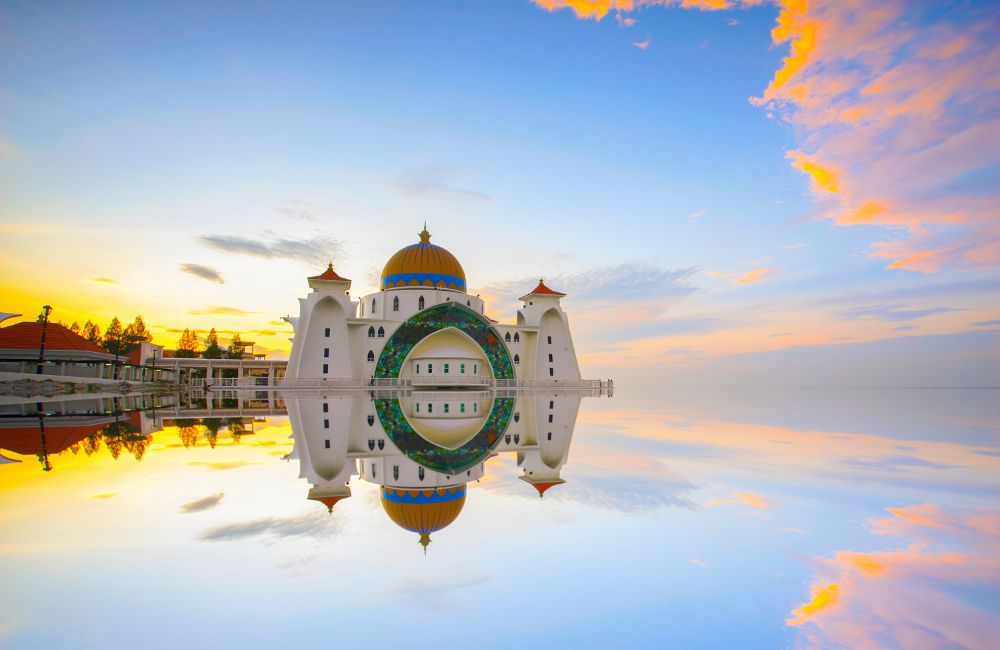
Hospitality Experience
Feasibility Study for Upper Upscale City Resort
A feasibility study for an upper-upscale city resort involves evaluating various factors that determine the potential success of the project, ensuring that it aligns with market demand, financial objectives, and operational efficiency. The study begins with a comprehensive market analysis to understand current trends in luxury urban tourism and the demand for high-end resort accommodations in the city. This involves studying the economic environment, target demographics, and customer preferences. In this context, an upper-upscale city resort would typically target affluent travelers, business executives, and tourists seeking a combination of luxury, convenience, and relaxation within an urban setting. Malacca is one of two UNESCO Heritage Sites in Malaysia.
Project Scope
A feasibility study for an upper-upscale city resort involves evaluating various factors that determine the potential success of the project, ensuring that it aligns with market demand, financial objectives, and operational efficiency. The study begins with a comprehensive market analysis to understand current trends in luxury urban tourism and the demand for high-end resort accommodations in the city. This involves studying the economic environment, target demographics, and customer preferences. In this context, an upper-upscale city resort would typically target affluent travelers, business executives, and tourists seeking a combination of luxury, convenience, and relaxation within an urban setting.
The location of the resort plays a key role in the study. Urban resorts must offer accessibility to major business districts, cultural landmarks, and transportation hubs while providing a sense of escape from the city’s hustle and bustle. A detailed site analysis would evaluate the area’s proximity to key attractions, transportation links, and the surrounding infrastructure. The physical characteristics of the site, such as available space, views, and surrounding urban environment, will also be considered to ensure the resort can provide the desired level of privacy and tranquility.
Understanding the competitive landscape is another important aspect of the feasibility study. The study assesses existing upper-upscale hotels and resorts in the city, analyzing their positioning, amenities, occupancy rates, pricing strategies, and service standards. This comparison helps identify gaps in the market and opportunities for differentiation. Factors such as brand strength, unique offerings, and the potential for personalized services are key to defining the resort’s competitive advantage.
A crucial component of the feasibility study is the financial analysis. This includes estimating the development costs, including land acquisition, construction, interior design, and the necessary investments to deliver luxury services. Operational expenses, such as staffing, marketing, utilities, and maintenance, are also projected. A detailed financial model is developed, outlining revenue projections from room rates, dining services, spa treatments, and other resort amenities, as well as ancillary income from events and conferences. The study also includes sensitivity analysis to assess how various factors—such as changes in market conditions, occupancy rates, or pricing—might impact profitability.
The financial projections help determine the expected return on investment (ROI) and payback period for the development. These insights are essential for securing investment or financing, as well as for ensuring that the resort remains financially viable in the long term.
Sustainability and environmental considerations are becoming increasingly important in the hospitality sector, and the feasibility study should address how the resort plans to incorporate sustainable practices. This might include energy-efficient building designs, waste management strategies, and water conservation systems. Additionally, integrating green spaces and eco-friendly amenities into the resort can enhance its appeal to environmentally conscious guests, while also contributing to operational cost savings.
The regulatory environment is another critical factor in the feasibility study. The resort must comply with local zoning laws, building codes, and health and safety regulations. The study should outline the steps required to secure permits and approvals, as well as any potential obstacles in the regulatory process.
Finally, the study addresses risk management, identifying potential risks such as economic downturns, changes in tourism demand, or unforeseen costs during construction. Mitigation strategies are proposed to minimize the impact of these risks on the project’s success.
In summary, the feasibility study for an upper-upscale city resort examines market demand, location suitability, competition, financial viability, sustainability, and regulatory compliance. The insights gathered from this comprehensive analysis help ensure that the resort is positioned to meet the needs of its target market, achieve financial sustainability, and stand out in the competitive luxury hotel sector.
Project Location
Malacca, Malaysia
